
Can a Tooth Infection Kill You?
Untreated tooth infections are just like any other. Without adequate or appropriate medical care, they can kill you. But what can we do to identify these infections before they’re fatal? That’s the subject of our blog today!

How Much Does a Dental Bridge Cost?
Patients often wonder how much replacing their missing teeth with a dental bridge costs. Today, we’re looking at the different factors that impact how much you’ll pay to restore your million-dollar smile!
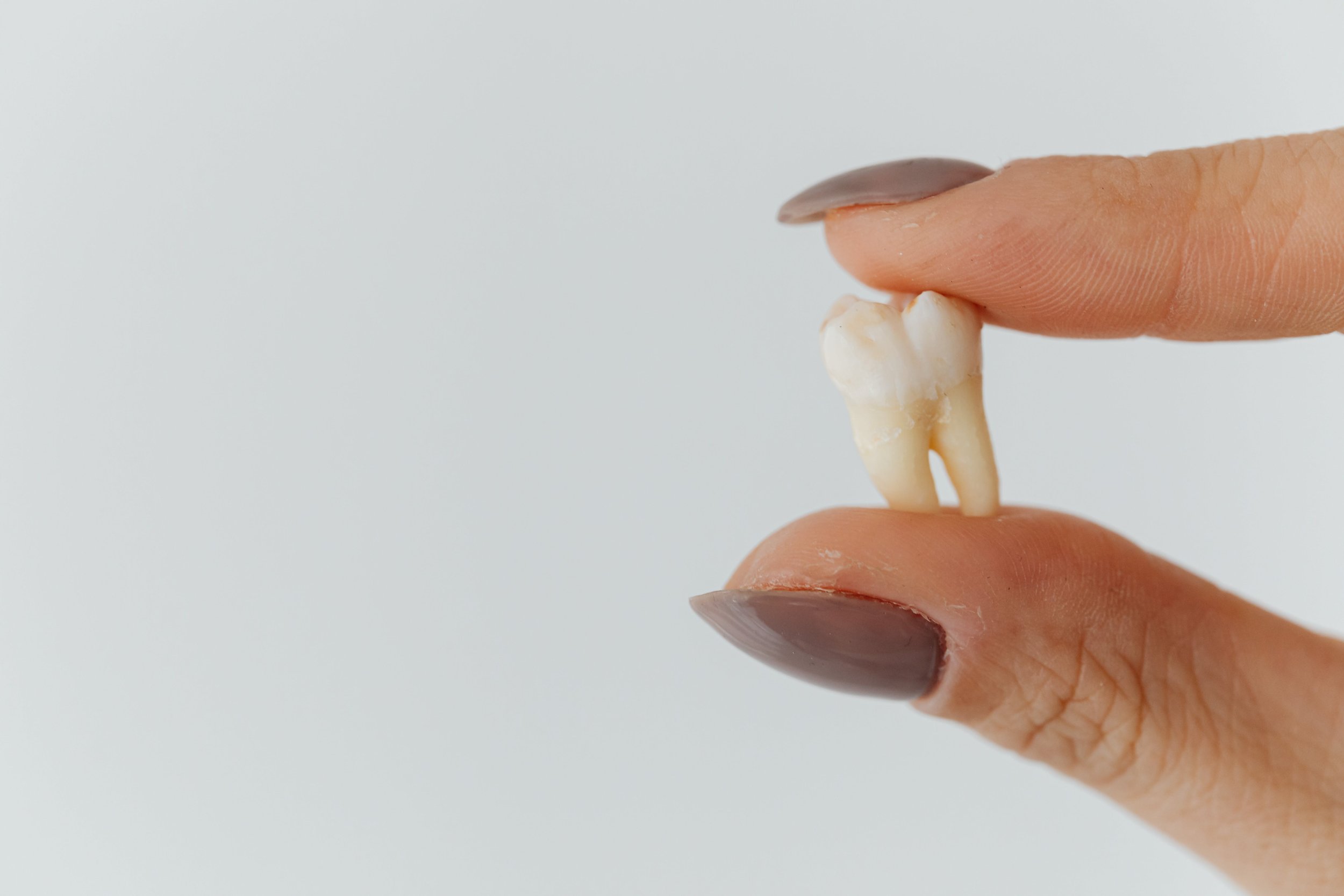
Temporary Crown Fell Off? What You Can Do Immediately
Because they’re not meant to be a permanent solution, your temporary crown just might fall off. Although it’s scary when it happens, it’s not the end of the world. If you can’t get to your dentist right away, here are some things you can do in the meantime.

Alternatives to Dentures: What Are Your Options?
Instead of investing in a complete set of false teeth like your parents or grandparents did, you’ve got options! We’re exploring the many ways to fill in that beautiful smile today.

Filling vs Crown: Which Does Your Tooth Need?
Fillings and crowns are two of the most common types of dental surgery. One is designed to fill small cracks or cavities in a tooth, and the other takes the place of a damaged tooth. Today, we’re spending some time getting to know the differences between the two main types of dental reconstruction.

What Is an Occlusal Guard?
Occlusal guards are used to treat jaw pain related to bruxism, or teeth grinding and clenching at night. They also alleviate TMJ pain in those with the jaw disorder. Depending on the severity of your condition, multiple types are available to you.

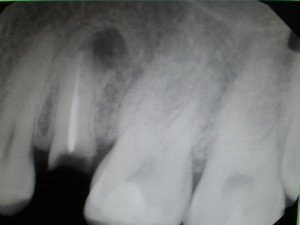
Root Canal Failure Tooth #13
The words “root canal” ignite fear for some, but a root canal does not guarantee that the tooth will be “saved.” According to studies, the long term success of root canal therapy is between 40-60% – I know, I lost my tooth #10 to a failed root canal.
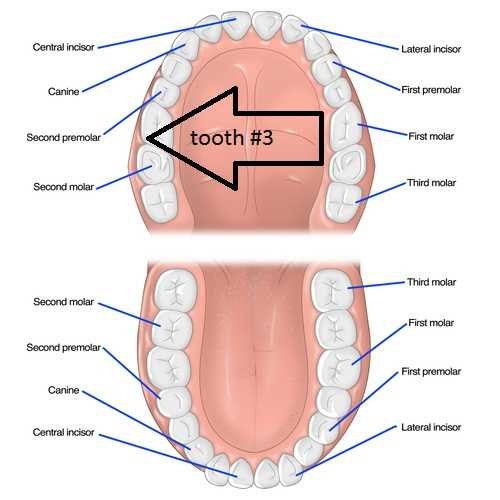
Tooth #3
The tooth identification system used in the United States of America uses letters for the twenty primary and thirty two secondary teeth, stating in the upper right back with A and 1 respectively. Tooth #1 is an upper right wisdom tooth or third molar. Tooth #3 is identified in this schematic.
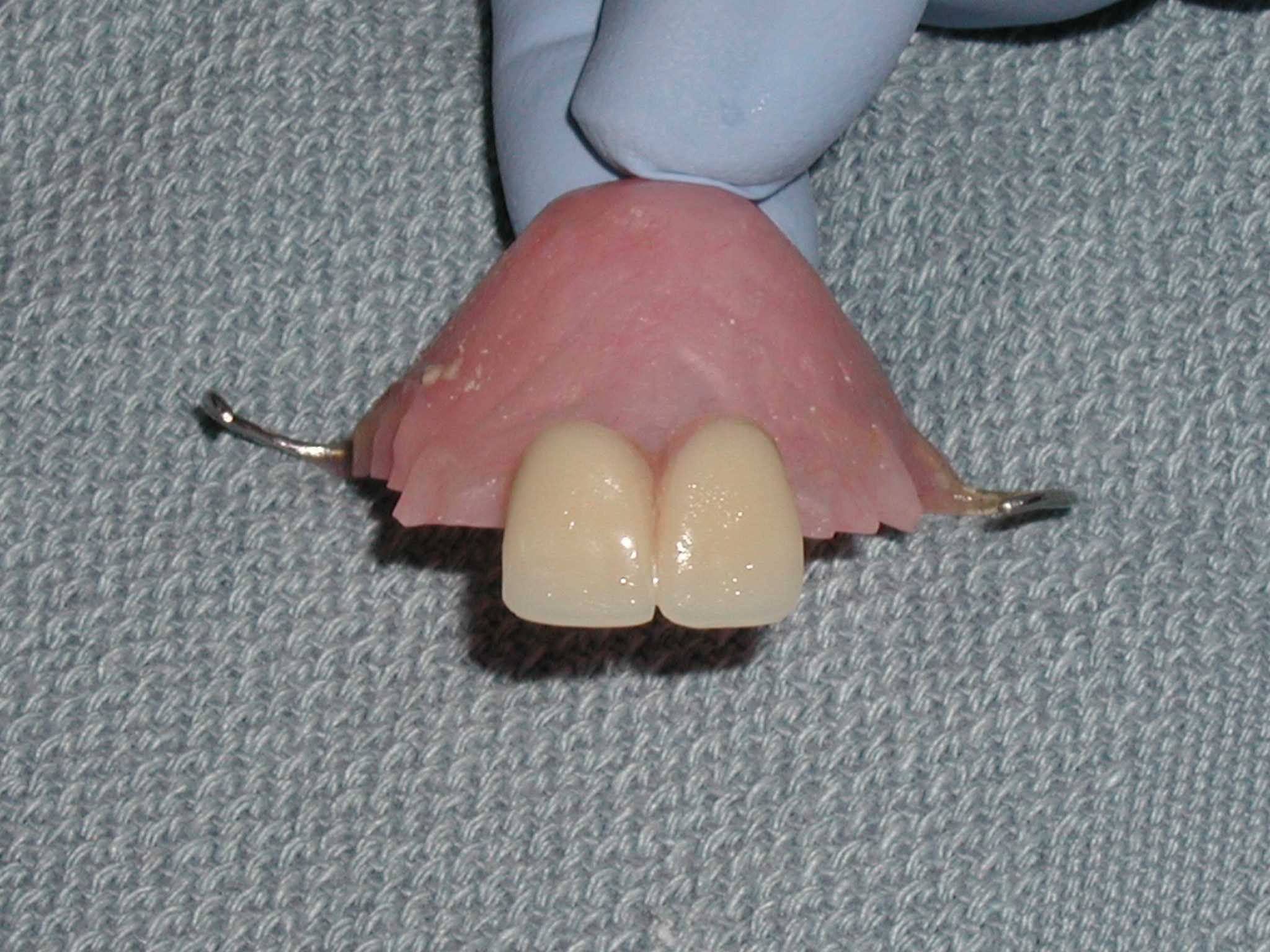
Picture of Dental Flipper for teeth #8,9
A dental flipper is one way to replace missing teeth. A dental flipper is usually the quickest, easiest, least invasive, least expensive and least comfortable tooth replacement. Dentists consider this a temporary type of tooth replacement, although patients may not view a dental flipper the same way.
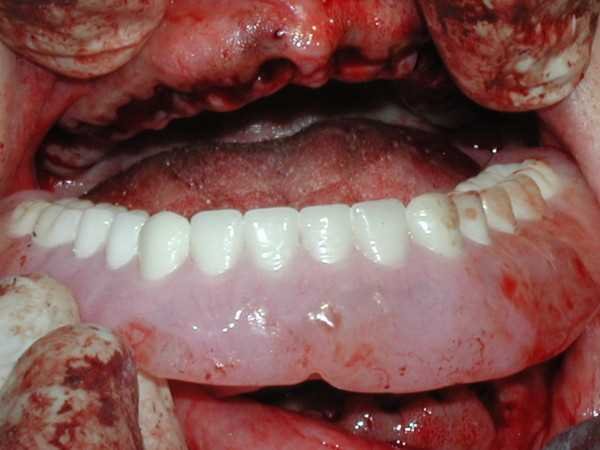
Full Mouth Extractions, extreme pictures
Extreme Pictures: In one of these extreme pictures teeth #’s 1-10 have been extracted. In another picture, all remaining upper and lower teeth have been extracted. Immediate full upper and lower dentures are being delivered in the other two pictures.
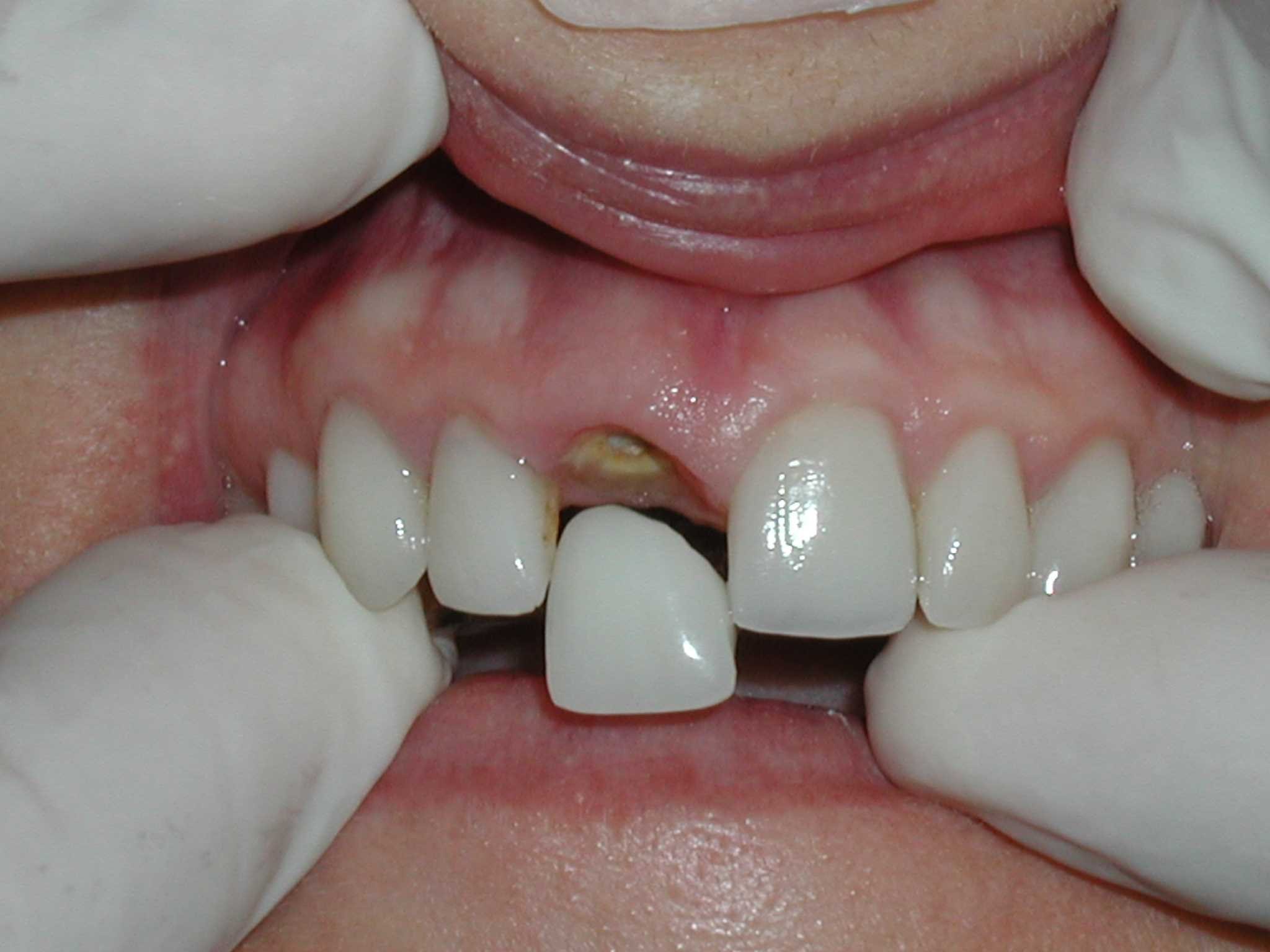
Why make a dental flipper?
What a nightmare. Your front tooth breaks the second week of December. What can be done quickly? A dental flipper is fast, easy, not expensive and not definitive. The definitive solution can be explored and a decision does not need to be made in haste. This is one scenario where making a dental flipper is a very wise choice.
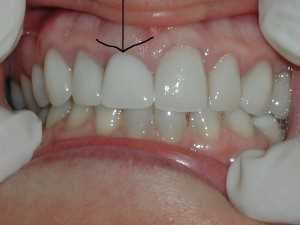
Picture of Flipper tooth #8
In this all too common situation, this woman broke a front tooth that had had root canal therapy, a post and core build-up and a crown. Of course this happens at the worst time possible, just before Christmas 2011.

What is a dental flipper? Picture of a flipper
Most dental “flippers” temporarily replace a missing front tooth / teeth. They can be “flipped” out of the mouth easily – hence the nick name – flipper. The more accurate and technically correct name for this type of prosthesis is an all acrylic removable partial denture. The one shown in this picture temporarily replaces tooth #9.

